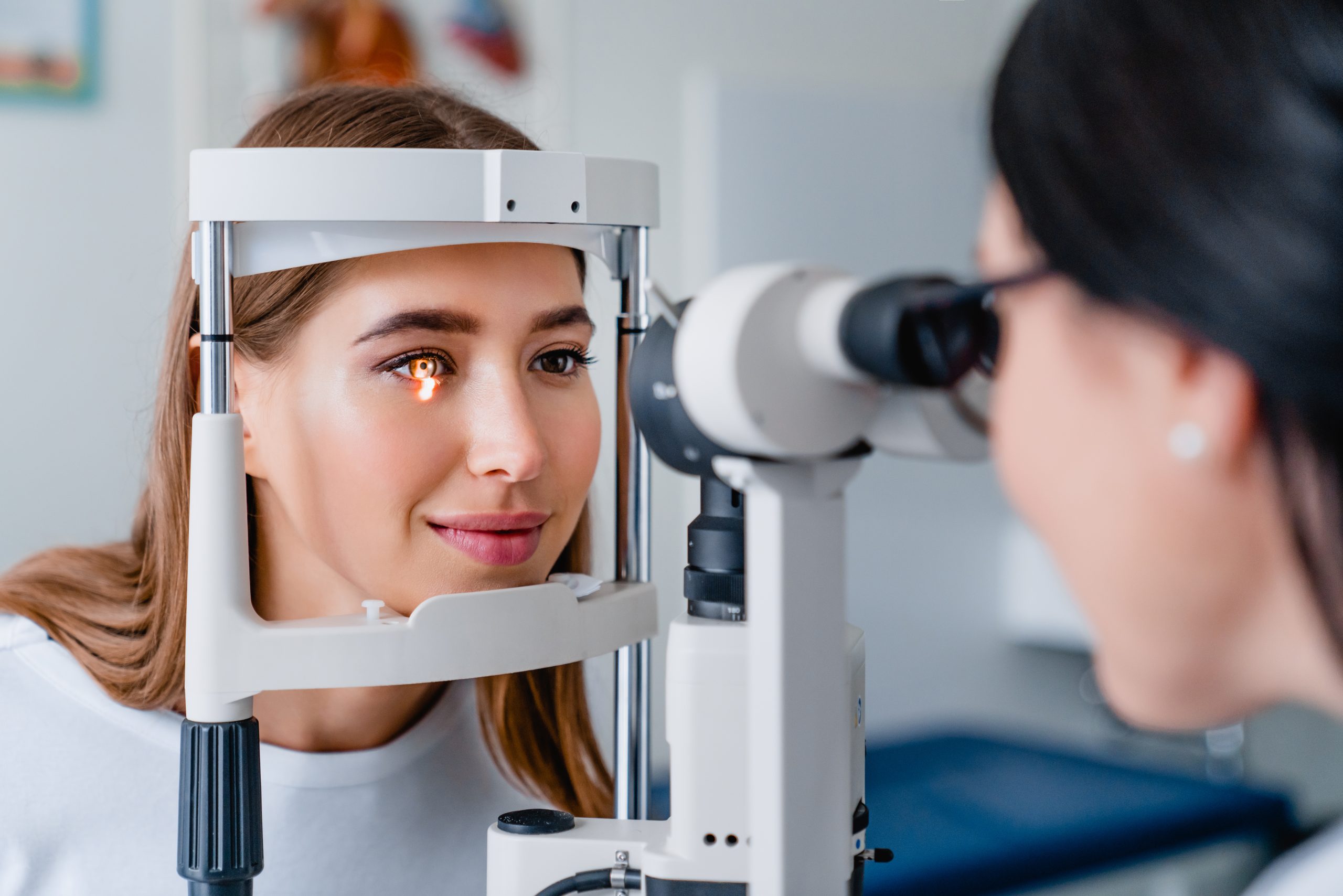
Topography Guided LASIK
Are You a Candidate for Topography-guided LASIK?
Your candidacy for Contoura® Vision depends on a thorough consultation by an experienced LASIK surgeon to determine if the procedure is a good fit for you.
Topography-Guided LASIK is also especially helpful to patients with a variety of vision problems such as myopia (nearsightedness), irregular corneas and/or astigmatism. By utilizing personalized diagnostic technology to identify and record imperfections in the curvature and optics of the cornea, then combining those measurements with the eyeglass prescription to give the eyes a better focusing surface, Contoura® Vision helps patients who might otherwise not be candidates for LASIK.
During your initial LASIK and eye consultation, your LASIK Vision Institute doctors will talk with you about your candidacy and determine if Topography-Guided Laser Vision Correction is right for your needs.
What is Contoura® Vision Topography-guided LASIK?
Contoura® Vision, also known as topography-guided LASIK, is the latest FDA approved evolution in advanced custom LASIK technology. This laser vision correction technique is designed to enhance the results of LASIK. No other LASIK procedure available in the U.S. is this personalized and precise. Many Contoura® Vision patients reported experiencing better vision quality than they ever did with glasses or contacts. This is because topography-guided LASIK treats both the shape of the patient’s eye and the surface texture of the cornea, while other LASIK treatments correct only the shape of the eye.
Contoura® Vision topography-guided LASIK technology provides surgeons detailed data that measures the unique characteristics of each person’s eyes. An individualized treatment plan is created using this information that surgeons can use to perform personalized LASIK procedures on each eye.
How Does Topography-guided LASIK Work?
The Contoura® Vision laser treatment smoothes out any surface irregularities on your cornea, significantly improving the quality of vision for patients after the procedure.The advanced laser technology takes several topographical images of your eye and analyzes the 22,000 unique elevation points on the cornea in order to recommend a custom treatment.
What to Expect With Topography-guided LASIK?
The Contoura® Vision procedure typically lasts less than fifteen minutes. While everyone’s level of discomfort varies, most patients report feeling little or no pain throughout the surgery. Procedures will vary somewhat depending on your eye prescription.
Topography-guided LASIK Recovery
Recovery is different for everyone, but after their Contoura® Vision procedure, most LASIK patients report improved vision immediately or soon after their treatment. After being provided with protective eye shields, your doctor will review the postoperative instructions. You should also:
- Make sure you have someone with you that can drive you home and help you pick up any medications you may have been prescribed
- Avoidrubbing your eyes
- Be aware that your doctor will want to see you for a post-operative checkup to make sure your eyes are healing properly, anywhere from 24-48 hours after the procedure
Some patients experience mild to moderate discomfort during the first few days after surgery as your eye heals. It is not uncommon to experience minor issues such as watery or red eyes for the first few days after the procedure. Most patients are able to return to work the very next day. While everyone heals differently, most patients continue to heal for at least 3 months after LASIK. During this time your vision typically continues to improve.
Topography-guided LASIK Results
Most Contoura® Vision patients reported improved vision equal to or better than glasses in clinical studies. The procedure enhanced not only how much patients saw, but also reduced the severity of common visual complaints like light sensitivity, difficulty driving at night and glare.
In clinical trials, 92% of patients that had the Contoura® Vision treatment reported seeing 20/20 or better, 12 months after their procedure. Some patients even reported better than 20/20 vision. A published study established that nearly 65% of eyes treated with Contoura® Vision experienced 20/16 vision or better,while 34.4% could see 20/12 or better.
Reference: Complete summary of FDA clinical trial available at FDA website Allegretto Wave Eye-Q Addendum Procedure ManualT-CAT Topography-Guided Treatments. http://www.accessdata.fda.gov/cdrh_docs/pdf2/P020050S012d.pdf Post hoc analysis of postoperative UCVA compared to preoperative BSCVA of 230 eyes contained in the FDA T-CAT pivotal trial at 12 months. The primary end point evaluated changes in BSCVA.